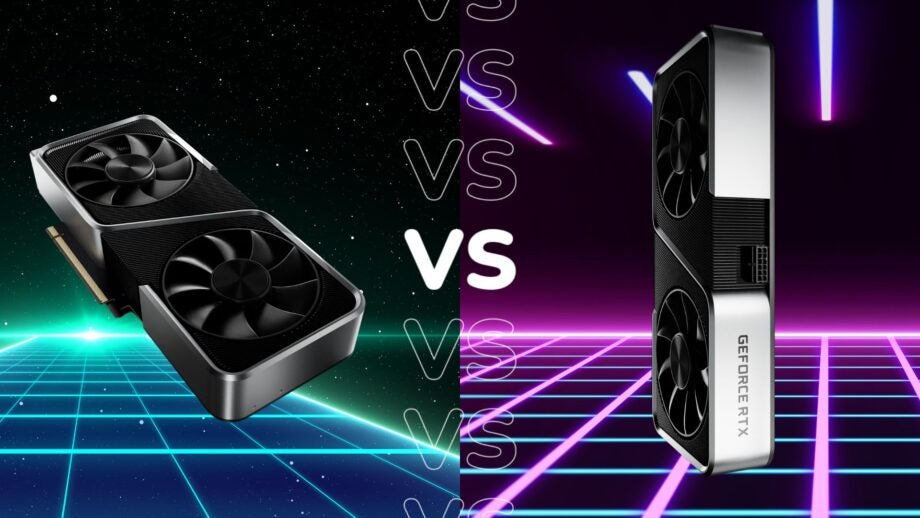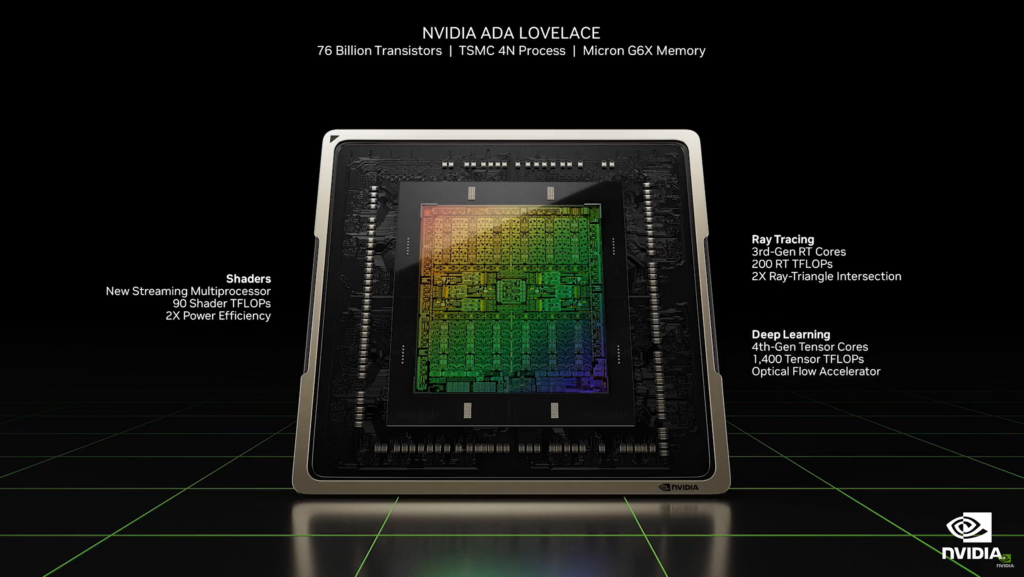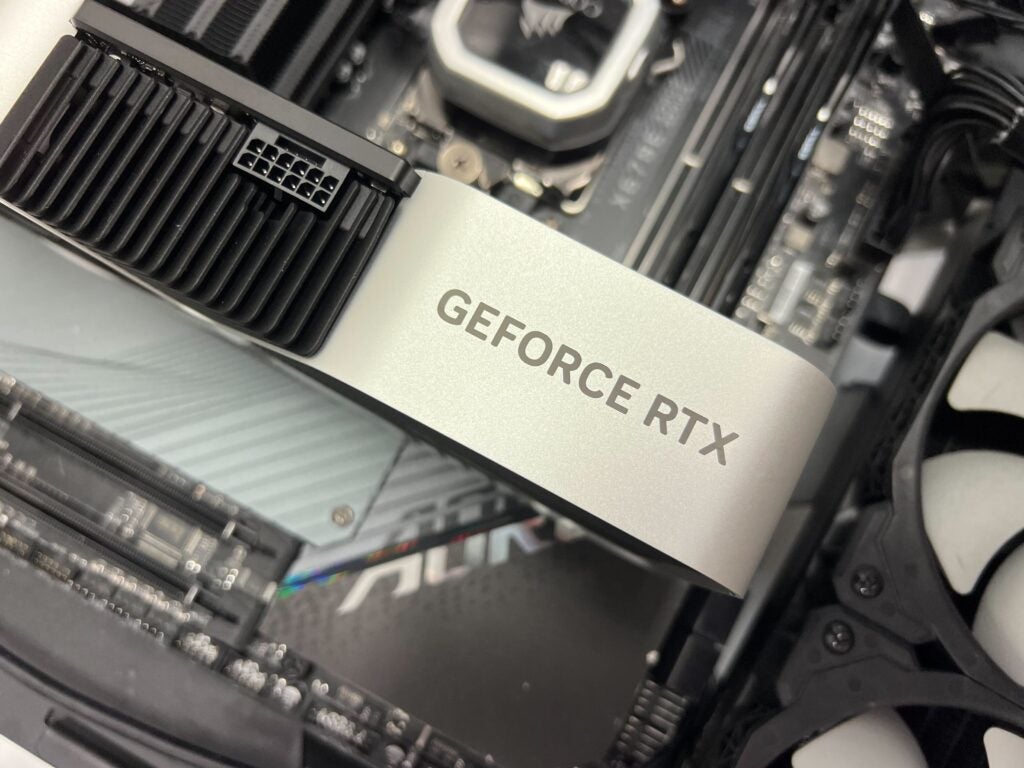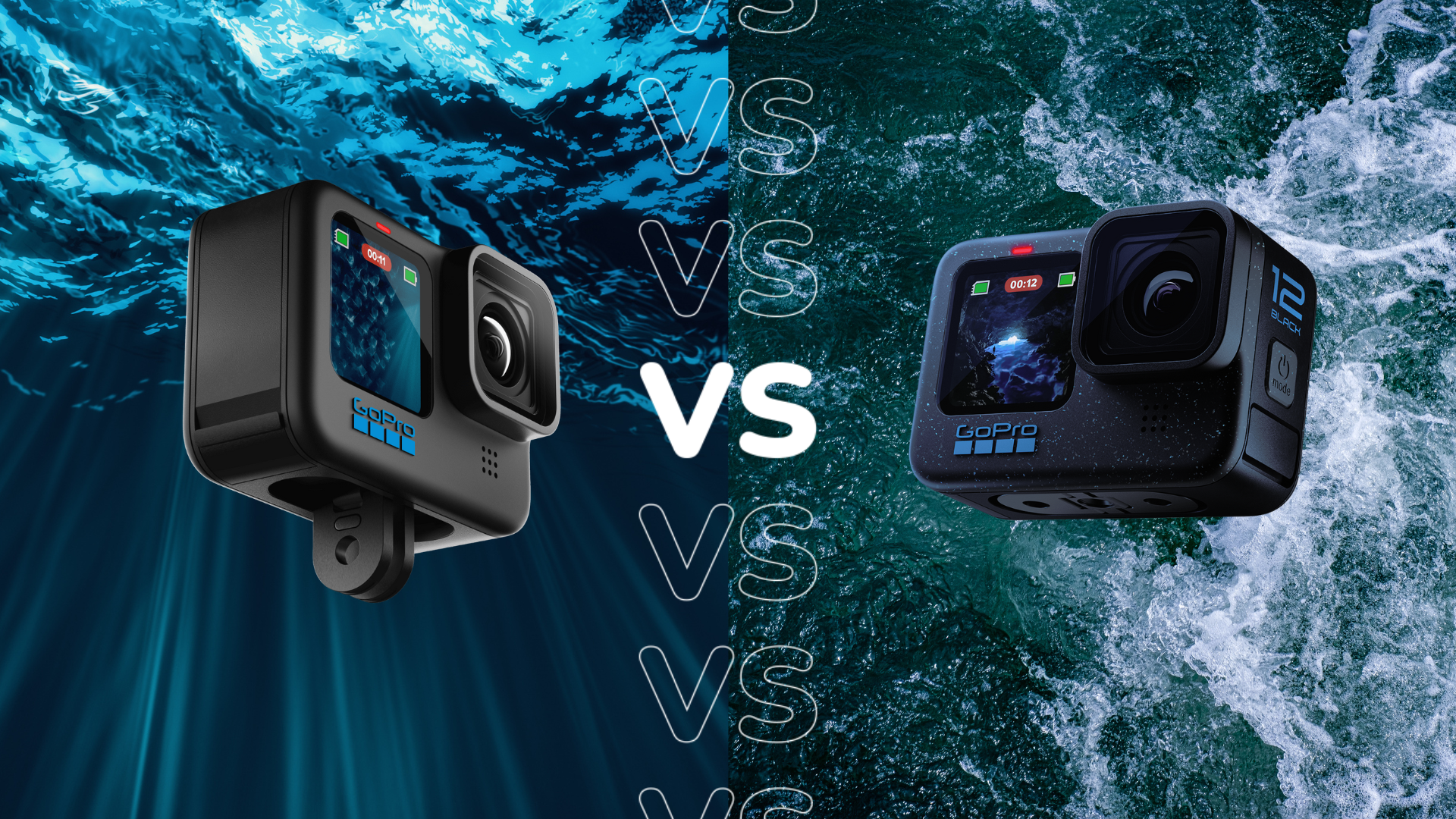Nvidia RTX 4060 vs Nvidia RTX 3060: Is newer always better?

If you’ve been thinking about upgrading your graphics card, you may want to consider how the latest generations really differ from each other.
If you want to experience your favourite AAA PC games in dazzling 4K with features like ray tracing enabled, then you will need a powerful graphics card.
The RTX 4000 Series is the latest family of cards, but do you really need to upgrade to the next generation? We’re going to be running through all the key differences, and similarities, between the RTX 4060 and RTX 3060 so you can decide which card you really need.
DLSS 3 support on the RTX 4060
One of the biggest upgrades to the RTX 4000 family is the inclusion of DLSS 3. DLSS 3 improved on its predecessor, DLSS 2, by using artificial intelligence to add in extra frames (rather than just extra pixels) to supported games to boost performance. Nvidia claims that it delivers up to four times the performance of brute-force rendering so gamers can experience high frame rates and improved graphics.
The RTX 3060 comes with DLSS 2. Instead of creating full frames, it’s limited to generating individual pixels. This still allows for supported games to be played with a higher resolution, like 1440p or even 4K, but it is not quite as efficient at boosting the performance compared to DLSS 3’s more radical approach.
Lovelace architecture on the RTX 4060
The RTX 4000 Series is built on Lovelace architecture, the successor to the RTX 3000 Series Ampere architecture. Lovelace is built on a 4nm process node compared to the 8nm node on the Ampere series, allowing Nvidia to cram more transistors onto the GPU.
In theory, a smaller node ensures better performance. The inclusion of Lovelace brought in DLSS 3 and the latest 3rd-generation ray tracing cores, making the RTX 4060 more powerful than its predecessor on paper.

The RTX 3060 comes with more CUDA Cores
Interestingly, the RTX 4060 has a lower CUDA Core count compared to the RTX 3060. CUDA Cores are essentially the GPU equivalent of CPU cores, designed to take on multiple calculations at the same time to boost performance.
The RTX 3060 packed in 3584 Cores while the RTX 4060 used just 3072. The decreased CUDA Core count does not necessarily mean that it will have a poorer performance, as the RTX 4060 is positively impacted by the inclusion of Lovelace architecture as well as features like DLSS 3.
The RTX 3060 requires a more powerful PSU
One of the biggest benefits of using an RTX 4000 Series GPU is that Nvidia has mostly been able to bring down the amount of power needed to run each card. This is great news for your electricity bills and means that you may not need to upgrade your PSU, but that will depend on your setup.
The RTX 3060 requires a 600W PSU, while the RTX 4060 only needs a 550W PSU. We have tested and benchmarked both the RTX 4060 Ti and the RTX 3060 Ti and found that the former consumed a lot less power compared to the latter. If this trend carries over the vanilla RTX 4060 and RTX 3060 – which we expect it will – this also means that the latest cards consume less power overall.

The RTX 4060 comes in one memory configuration
Nvidia opted to offer the RTX 3060 in two memory configurations: 12GB GDDR6 or 8GB GDDR6. The RTX 4060 instead only comes in an 8GB GDDR6 variation.
The option of a higher memory configuration may be useful for gamers that are looking for the most power, so it’s a shame to see Nvidia holding back on specs, even if the RTX 4060 is still expected to be more powerful than the RTX 3060.







